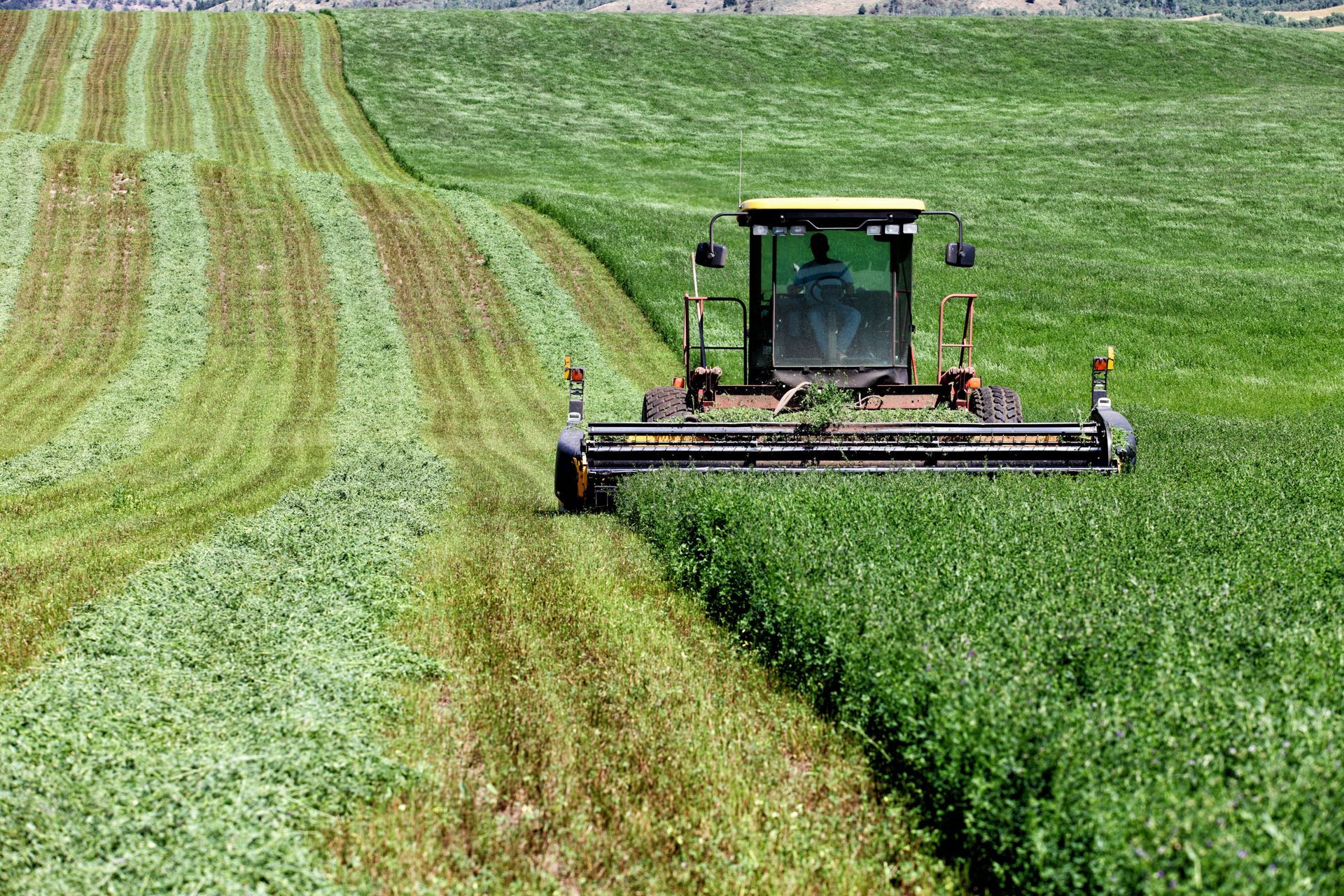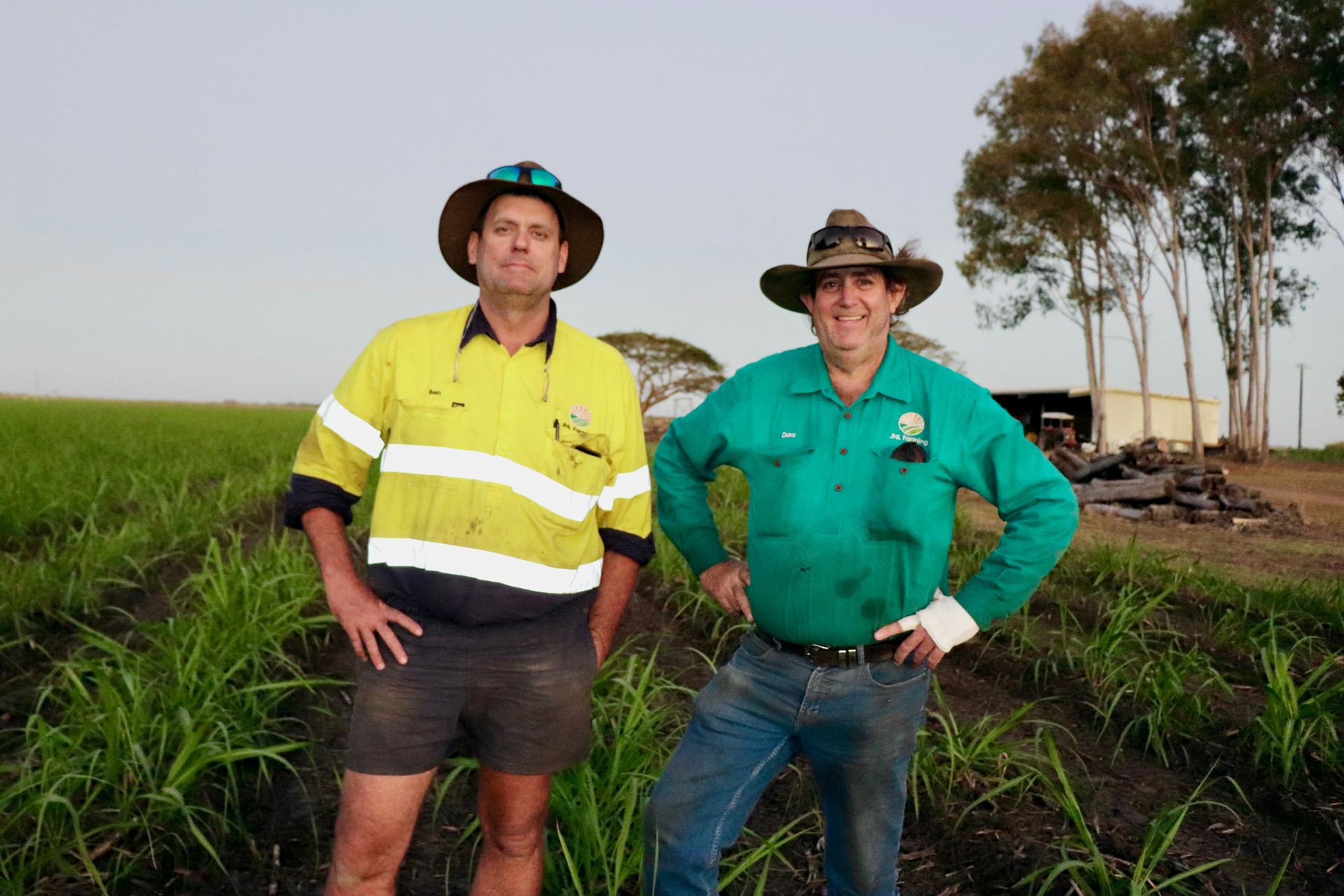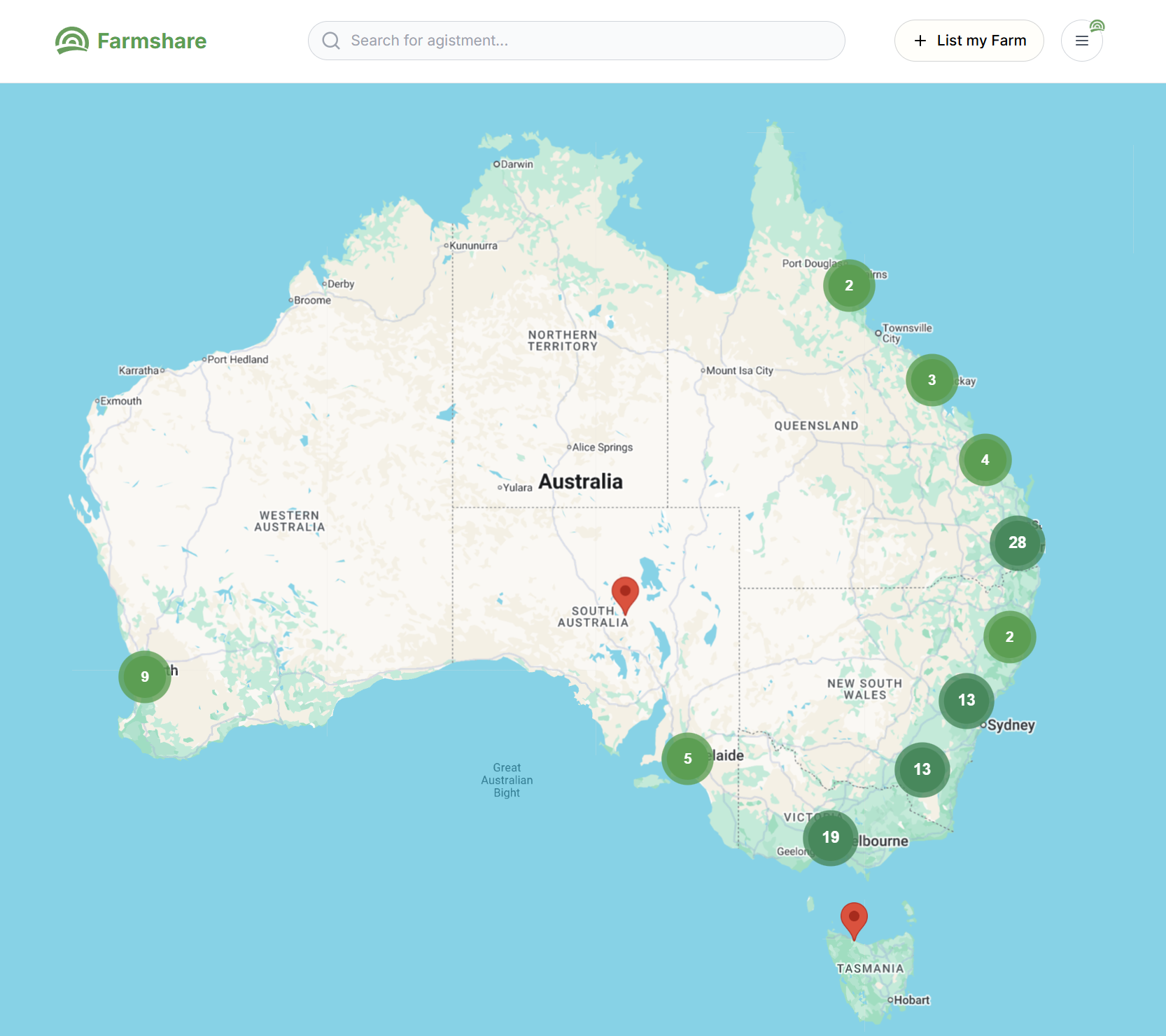1MG FlippingBooks
Space tech secures future for clean waterways
Elizabeth Gracie

A network of space satellites will be used alongside intricate ground-based sensors scattered across the country to monitor the quality of Australia’s inland waterways, reservoirs and coastal environments as part of a year-long scoping study called AquaWatch Australia.
Developed by CSIRO and the SmartSat Cooperative Research Centre (CRC), the initiative hopes to provide real-time data from naturally occurring events such as toxic algal blooms and excess runoff from irrigation to support water managers in monitoring and managing water quality in order to better protect the health of Australia’s waterways.
By utilising the data gathered from space satellites, alongside existing ground-based sensors, AquaWatch will be able to build a comprehensive national monitoring system, filling the gaps of coverage for both systems of observation.
The use of purpose-built and designed observation satellites through the SmartSat CRC will also help deliver predictive analytics and forecast warnings to water managers in real-time.
SmartSat CEO Professor Andy Koronios said that the initial scoping phases will assess Australia’s current water monitoring strategies and identify new opportunities for further adoption of space technology to drive efficiencies, advancements and safeguard our precious water resources.
“As well as monitoring the health of our inland rivers, dams and waterways, the project aims to grow the industry and create new job opportunities across the environmental data services sector, primary industry and agriculture and support drought resilience efforts,” said Koronios.
“We think the project has great potential to deliver two-fold benefits of improving water quality management as well as creating new skills and job opportunities in Australia across a range of industries”.
The Aquawatch Australia initiative is also at the cornerstone of the SmartSat research portfolio, which focuses on developing space technologies to help solve some of Australia’s biggest challenges which in this case, is the maintenance of healthy waterways.
CSIRO’s Centre for Earth Observation Director Dr Alex Held said this early phase consultation hopes to engage collaborators from across industry, research and government in order to analyse the key components required to establish a fully integrated space infrastructure network as well as the domestic technical capacity to build it.
“We want to work directly with water agencies, community leaders and industry to better understand the challenges faced in water health monitoring,” said Held.
“This will help inform the development of future local advanced manufacturing opportunities, water modelling and Earth observation data analysis and applications”.
According to Held, the outcomes could also lead to a step-change in Australia’s national water quality information delivery which would support decision-makers in water agencies, local communities, water utilities and commercial water users to provide safe drinking water and manage such an important natural resource.
After the scoping study is complete for the AquaWatch Initiative, CSIRO and SmartSat expect to have a framework for the future development of the mission.
They will also explore the uses of AquaWatch for monitoring coastal wetlands, aquaculture farms, riparian vegetation and terrestrial biodiversity, mine sites, mangroves and coral reef environments.
NEWS

2025 marks 50 years since TR70 model launched in 1975. Since this time, New Holland has led industry innovation in combine technology with: The first self-leveling cleaning system on a rotary combine in 2002 Breaking the 8-hour wheat harvest world record in 2014 The latest CR10 and CR11 twin rotor combines entering production in 2025














